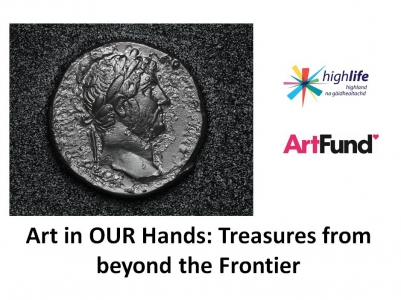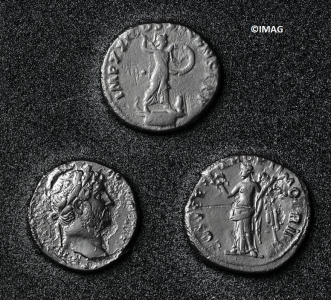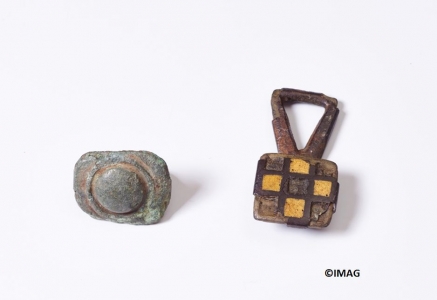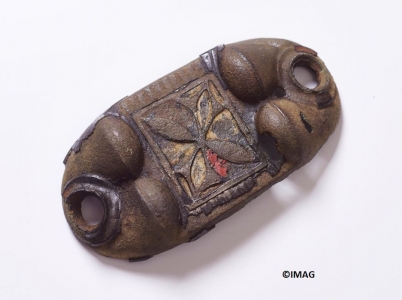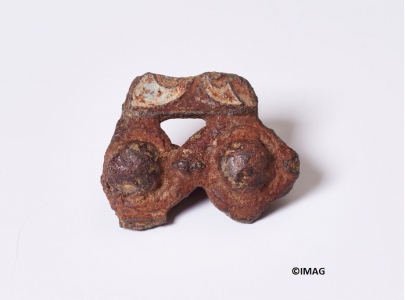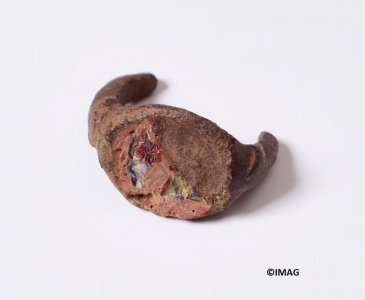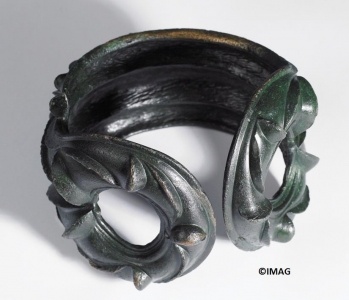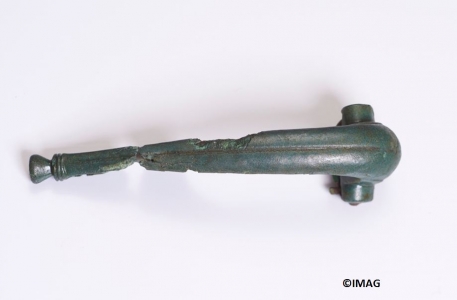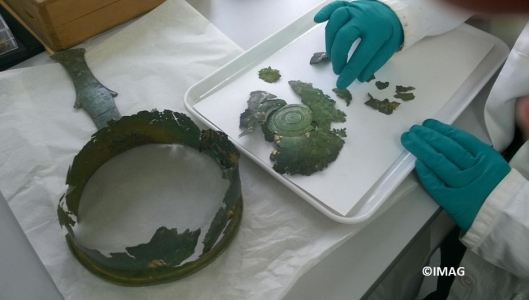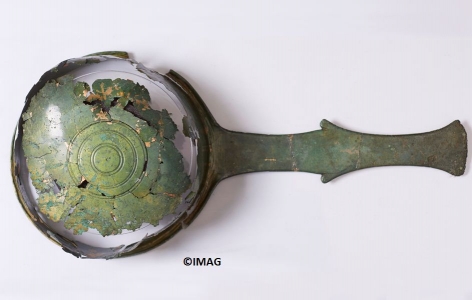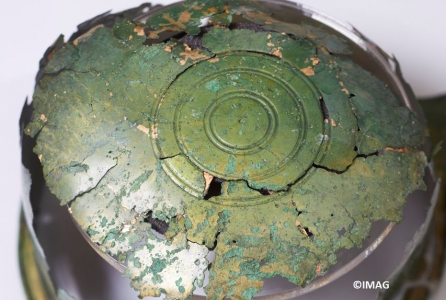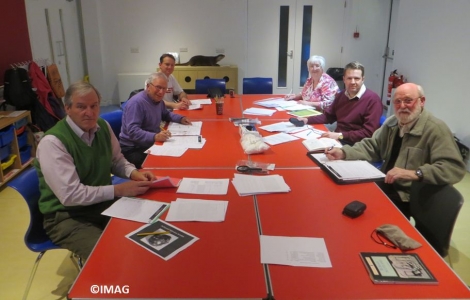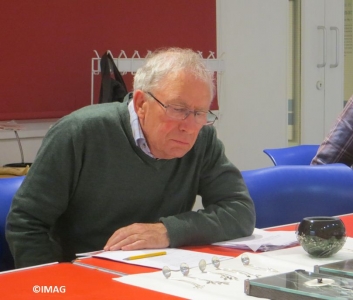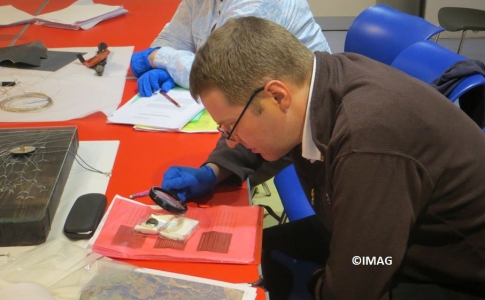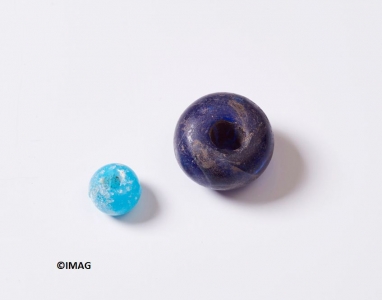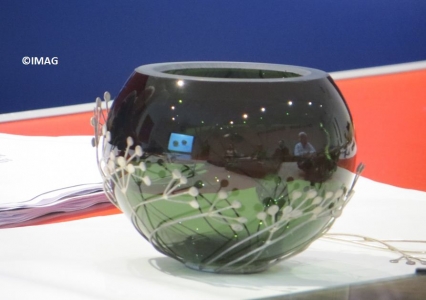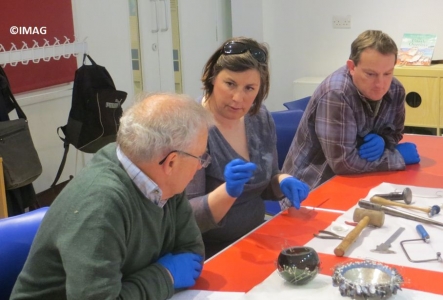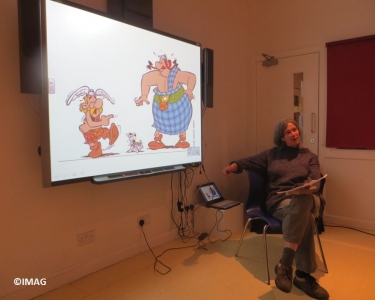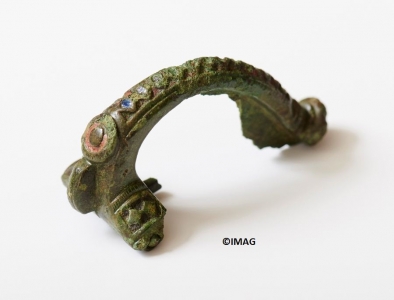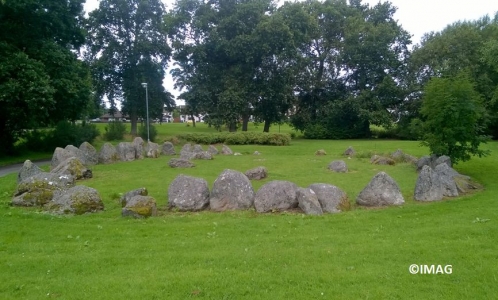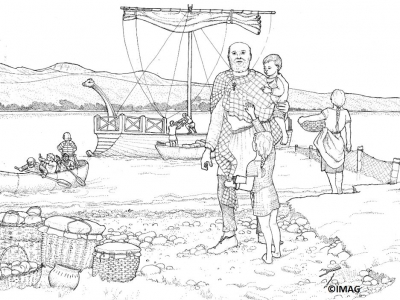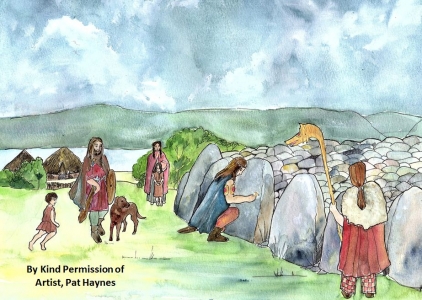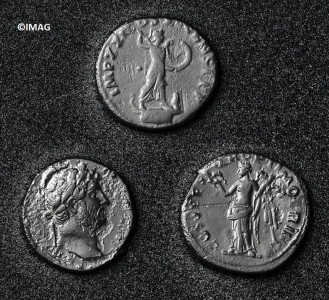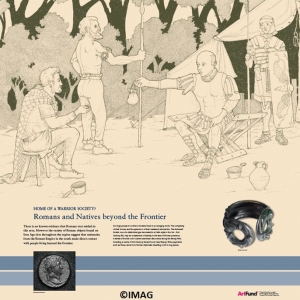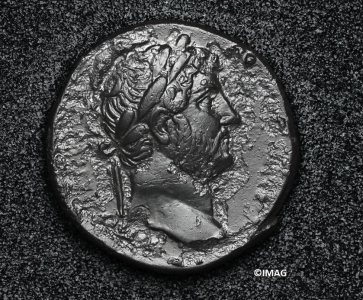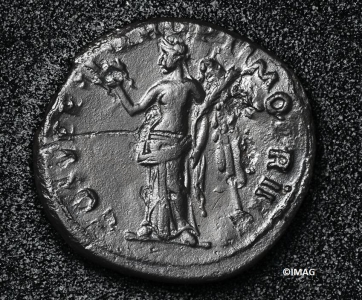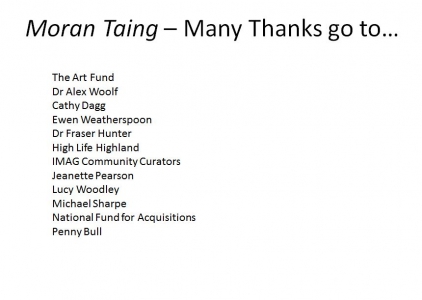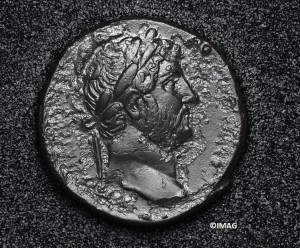
How we held Art in OUR Hands: Treasures from beyond the Frontier
Exploring society and relationships between the people of the North of Scotland and the Roman Empire through objects held in the collections at Inverness Museum
Starting in 2015 Art in OUR Hands: Treasures from beyond the Frontier is an Art Fund, Treasure Plus supported programme that is enabling the team here at IMAG to work together with people from throughout the Highlands to:
- Exhibit Roman Iron Age objects that have never before been displayed because they were too fragile or poorly understood
- Develop and renew our permanent exhibition Iron Age objects to include new research regarding the significance, impact and legacy of the Roman Empire in our ‘Beyond the Frontier Region’
- Support and enable a team of community co-curators, developing their skills, knowledge and confidence to research, interpret and exhibit. This development of a ‘Collections Community’ ensures that our exhibition includes a wide portfolio of knowledge, expertise and responses
- Work together with expert collaborators, including Dr Fraser Hunter, Principal Curator of the Roman and Iron Ages at the National Museum of Scotland; Catherine Dagg, archaeological illustrator; Michael Sharpe, Artefact Specialist Photographer and Lucy Woodley, Highland Silversmith to engage our co-curators in a deepening understanding of the recovery, context, material substance and meaning of these important objects.
- Publish our findings through permanent exhibition in our Ground Floor Gallery and online and through a one-day conference of presentations from those involved in the project. This conference ‘Moving beyond the Frontier’ is being filmed and will be published online here too.
In recent years Inverness Museum & Art Gallery has been the recipient of support from, amongst others, The Art Fund, enabling the purchase of various ornate and informative Iron Age objects acquired through the Treasure Trove system. These have included items that, due to their conservation and interpretation requirements, have not been displayed. Amongst these, and central to this project, are a decorated Roman Wine Dipper from Auldearn (INVMG.2004.026), a Roman Iron Age Copper alloy Dolphin-type Brooch from the Iron Age settlement at Seafield, Inverness (INVMG.2012.006) and a 2nd Century Silver Denarii Coin Hoard from Belladrum, Inverness-shire ((INVMG.2013.004.001-011 and INVMG.2015.046.001 – 026). Each is at the forefront of object led research that widens our understanding of the impact of Highland inhabitants’ direct diplomatic relations with the Roman Empire. Their discovery and research into their contexts is stretching our perception of the imperial reach further into the Inner Moray Firth than previous evidence has allowed.
The recent acquisitions have served to more fully substantiate IMAG’s core collection of iconic Iron Age objects. This includes the Achavrail Massive Armlet (INVMG.1987.050). This magnificent, personal decoration reflects a local knowledge of the techniques of the wider European, Celtic art tradition and participation in sophisticated tin trading networks throughout the south-western littoral of the British Isles and the Mediterranean. Redolent with the iconography of wealth and power it is one of only a small number of known examples from this north-eastern Scottish tradition and is recognised as one of the finest of this type.
Decorated in a distinctive Celtic style in the 1st – 2nd century AD, this significant, ‘made to noticed’ item of adornment may have been designed as a strong statement of identity in the face of Roman presence.
Similarly, the Raigmore Headstud Brooch (INVMG.1985.067), a Romano British personal decoration, fashioned from enamelled bronze, acts as an artistic and cultural bridge to the international language of status display and ideological activity in the Roman Iron Age. Created as a local response to personal art from Rome, it suggests a regional culture standing confident in the face of the Empire; choosing which elements of craft and display to adopt and which to adapt in order to express a more individual identity. Its recovery from within a Bronze Age funerary cairn, suggests that it was deliberately disposed, perhaps as part of a rite, now lost, giving some insight into the ideological significance of personal art objects in the given period. The aforementioned Wine Dipper and Dolphin-type Brooch also appear to have been ritually deposited.
As our collection of Roman and Iron Age artefacts has grown, so too has the body of knowledge, informed by discovery, excavation and examination, of such material. This new exhibition project celebrates an emerging narrative within which each of the objects shines as an example of their type, communicating a unique and fascinating biography. They also illuminate each other within an exciting, new story, integrating these personal art objects into broader models of society, in which understanding the ways in which they were made, used, and created impact increases our insights into identities and affiliations at the time. The inclusion in this exhibition of Lucy Woodley’s contemporary precious metal adornment and setting ‘Seedheads’ enables us to reflect the continuing import of such impacts today.
We are keen to communicate recent, more involved understandings of the role of artistic expression in our area as a satellite development of ‘Central British Traditions’, radiating around and out from the Roman frontier. We see this as a potential narrative link between the progression of the identities forged in this period and the development of the artistically and socially sophisticated culture of the Picts of the mid-First Millennium AD. This is also well represented in our collection of exemplary Early Medieval Carved Stones; the Pictish Symbol Stones that sit adjacent to our Iron age display.
People are an invaluable resource for museums. Their creative and critical responses to collections are a vital element in ensuring the development of knowledge, understanding and continuing relevance of objects and their biographies. We are extremely grateful to our team of ‘Community Curators’, whose enthusiasm, research and ready communication of their responses to the exhibits has enlivened the display. We know that their work will serve to continue to engage new interest in this very important chapter in the history of the development of life and society in the Highlands.
This project has been made possible through the support of the Art Fund’s Treasure Plus Programme. To find out more about the Art Fund and Treasure Plus at http://www.artfund.org/
